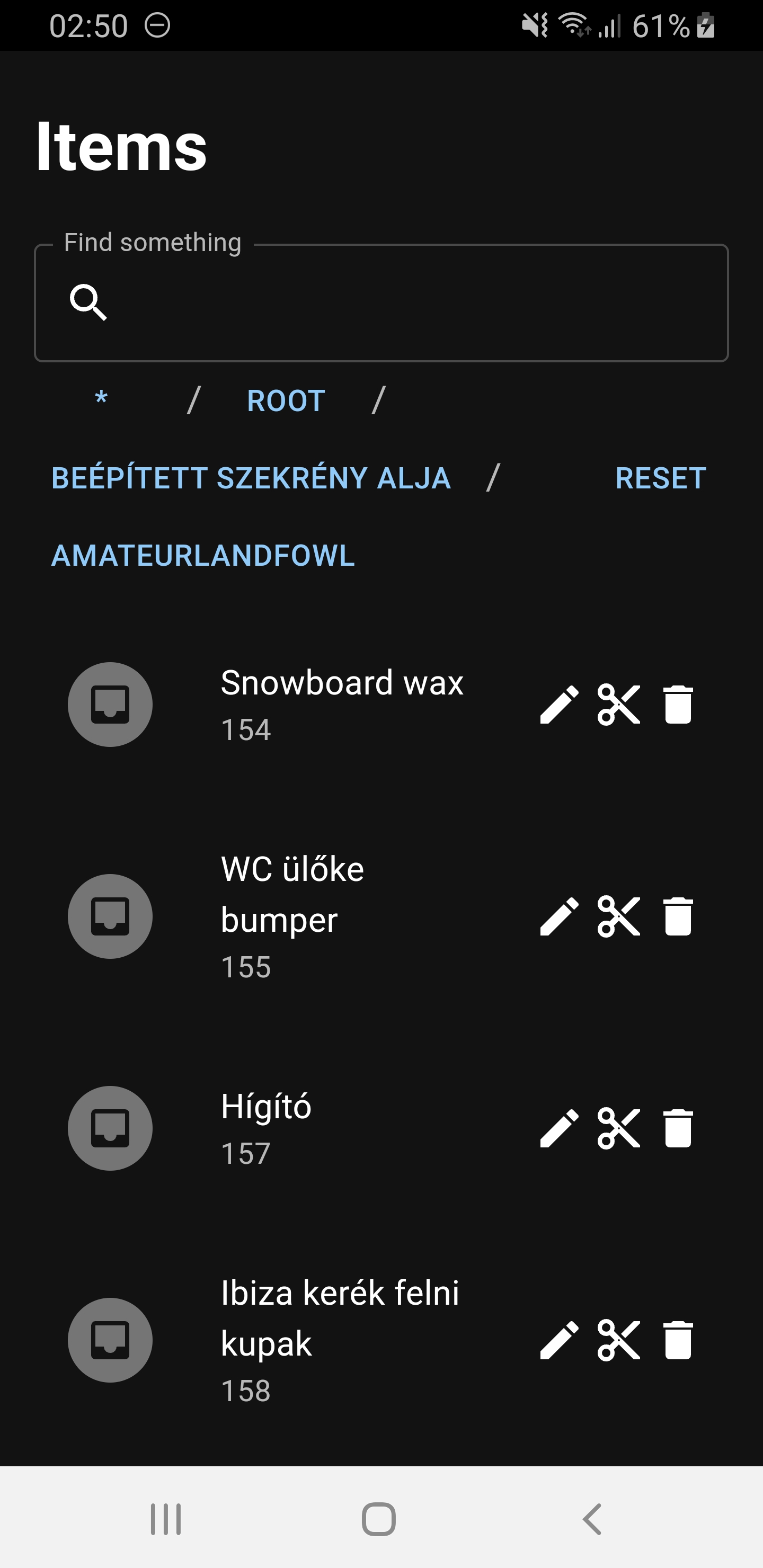I got a minimal setup with pihole and nextcloud. I was wondering what else I could do. Share your ideas🙂
Create a dotfiles repo in git. Gives you a way to track changes to your .bashrc or .zshrc
With extra bonus: write an installer script that symlinks the files to the correct place. Use Ansible, plain old Bash, or Python depending on your preference.
Or GNU stow.
rcm
https://github.com/thoughtbot/rcm
rcm will do symlinking for you and is pretty awesome. Been using it for this purpose for years
deleted by creator
When in doubt always do a
git init .and a git add, git commit every once in a while. You’ll never regret it.
deleted by creator
I didn’t really see the benefit of this besides having a snapshot or backup of my home folder for my use case (I don’t have that many config/text files that needs tracking), but I can recommend chezmoi for those interested.
Paperless-ngx. It’s a document management system for home users or small companies. Pretty cool if this is something you need. If you spend a lot of time filing away documents, you definitely need this.
Just keep in mind it will take a bit of effort to add and categorize your stuff. 😄 I’ve had Paperless installed for two months now but can’t get around to actually moving my stuff into it.
You are so right! That is the painful part that no one talks about! Took me a few days to get paperless-ngx working, because I had wrong firewall and port settings preventing docker containers communicating with each other. Once solved that I was proud and relieved - started scanning and categorizing - but in hindsight that was nothing compared to the amount of work to move stuff to it. I finally accepted that I will just have to keep doing that when I feel like it… which for the past months has been “never”. I now only put new docs in, but the older stuff is still sitting in nas folders.
Once you have some documents indexed, it’ll learn to apply the correct metadata automatically. That works pretty well. You can also apply the data through the REST API, if you have the data available already. But yes, that’s a bit of work. But paperless-ngx makes this easier than any other DMS I’ve ever used.
is it easy to export its contents to a different app
They have an exporter and a REST API. So yeah.
If you have uncapped bandwidth you could run a syncthing relay server. Syncthing rocks as a file sync option and I host my own.
Ooh…this is interesting. I’m going to look into setting this up. Thanks!
My weekend project will be install mint for my first flurry into Linux.
I’m going to set it up for some light gaming and media streaming.
Running on a Dell Latitude 4980, long term hoping to learn enough to set up a home jellyfin server.
I made a home inventory management software, because I don’t have much space in my flat, so I track every single piece of the compressed pile of boxes; with qr codes on them.
It’s a very simple app but you should have a printer to print qr codes for the boxes.
The documentation lacks some detail, so ask anything about it, if you want to try it.
https://github.com/fxdave/DavidHomeVentory
EDIT: yeah I didn’t update the readme. The installation may not work. So tell me if you want to give it shot.
It looks like this in action btw:

Do what I do. “Oh shoot, Jellyfin stopped, now I have to remember how to tell Arch to clear out its cached packages” (it’s pacman -sc if you’re me and you’re reading this in the future)
This is me… In general with Linux. So I have a whole section of my Obsidian vault dedicated to troubleshooting and setup steps for my server projects. It’s saved me hours of research already. Stupid brain…
I have an old mini PC that I’m going to use with proxmox to share some of the load from my nas. Today I setup tailscale and for it working with unbound DNS so I can use my domain when connected.
It’s endless!
Using Ubuntu as a daily driver, due to a class requiring some kind of Linux software (options were WSL, which gave me a weird error, VM, or full install).
Never have I tried to actually use desktop Linux as my primary work computer for more than a couple days.
Might be worth hosting Gitea/Forgejo
Already done with mine. Setup obsidian-livesync and configured it on all my devices. It’ll be my first time trying out a markdown note app.
I just setup the remotely save plugin with my Nextcloud instance. It apparently can do version control too.
There’s so much you could do.
- have a reverse proxy for your services, as containers
- connect then through netbyrd or nebula if you want the FOSS route (or headacalescale)
- set up an IDPS, such as fail2ban, snort, etc
- Set up a backup job, there’s many projects that does this well - check out Borg and kopia.
- since we’re on linux, try out different shells. Zsh or fish are pretty popular and pretty to look at.
I’m going to be building out a third wireless access point with OpenWRT to get better wireless coverage in the house.
Currently working on a replacement for BirdCAGE. It was a pretty cool project, that was unfortunately based on some pretty hacky code (not the dev’s fault, he based it on BirdNet-Pi) and subsequently has been abandoned.
MVP is up and running, just polishing and adding features. Still no GUI just yet, right now it’s just presisting the data locally (recordings with detections, spectrograms, and a database of detections) and submitting the results to Birdweather which you can use as a basic UI until I get around to it.
It’s been a great learning experience.
Do you have a project page I can keep track of? I have some spare Pi-compatible machines.
Looking at BirdWeather the only node on Vancouver Island is 200km from me. Would be a fun thing I could stick outside my house, we have lots of bird traffic here. Just today I saw robins, crows, ravens, eagles, swans, geese, ducks, and gulls and I was only barely paying attention.
I haven’t made the repo public just yet, but I’ll reply to you here when it is. Hopefully early next week.
Though for the record the current scope is to deploy on x86 docker and listen to remote rtsp streams.
I did just disparage the code of BirdNet-Pi somewhat, but it’s a vetted and solid solution on pi-compatible hardware.
Host your own Gitea server and then version control your own RPI configs on the RPI. I mean… save them elsewhere also, but it’s yet another thing you could do with that awesome little device.
https://github.com/cdot/Xanado
Scrabble web app









